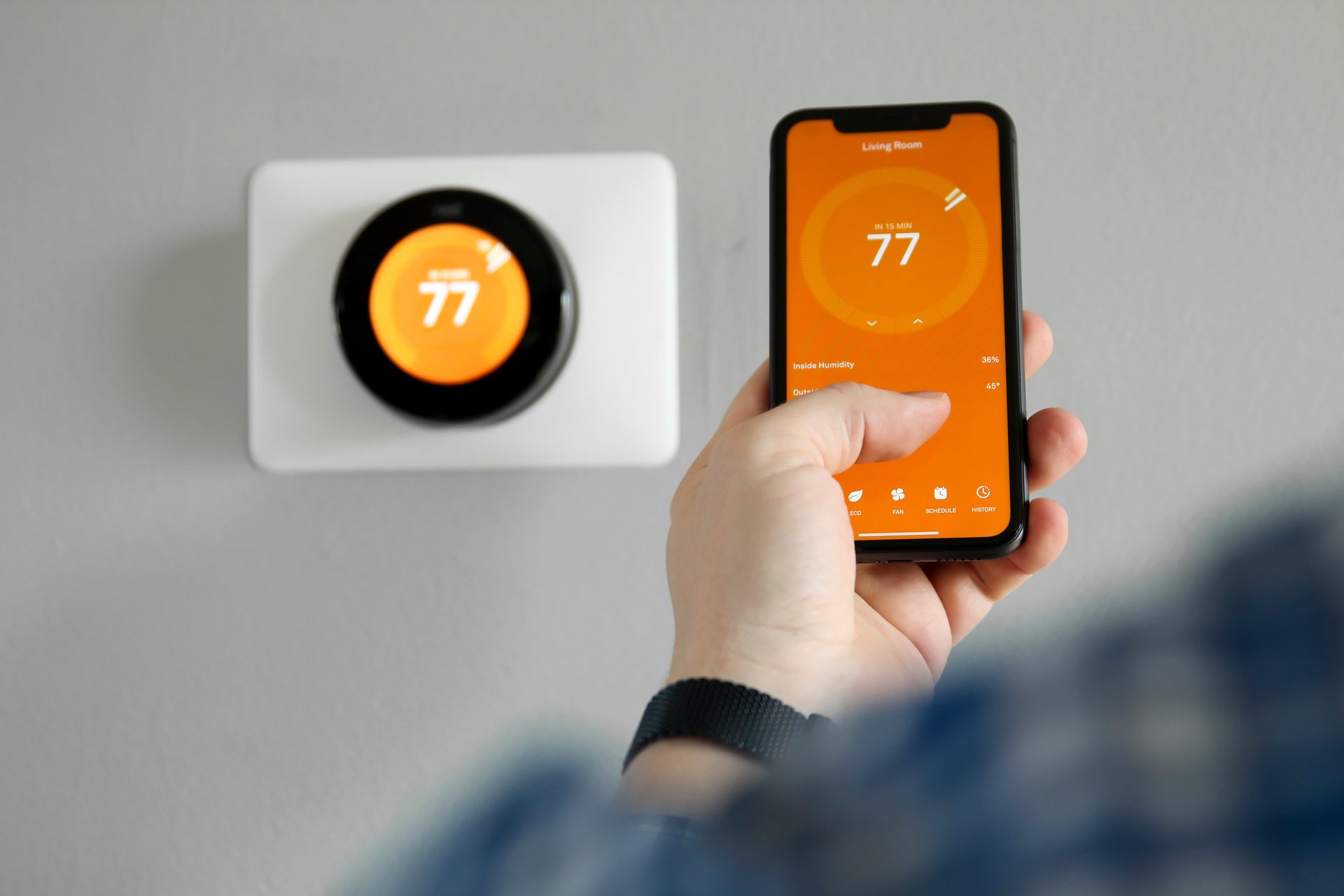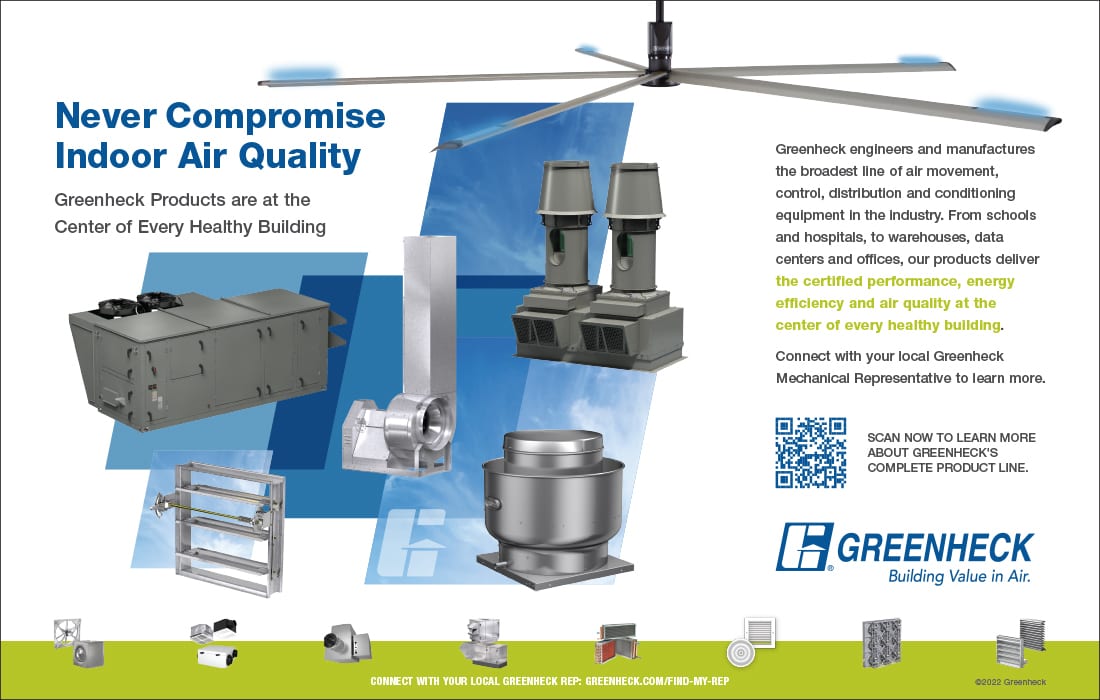How Are Smart Thermostats Changing the HVAC Industry?
By Emily Newton
The HVAC industry has changed a lot over the past few decades, as topics like energy efficiency and LEED certifications have taken center stage. Smart thermostats are becoming commonplace, including new HVAC installations and upgrades or repairs. This technology didn’t exist 20 years ago, but now it’s more common than ever. How are smart thermostats changing the HVAC industry from the ground up?
The Rise of the Internet Things
The Internet of Things (IoT) is growing exponentially every year. In 2020, experts estimated that there were 10 smart devices in every household. By 2021, more than 46 billion devices were connected as part of the Internet of Things.:
I’m sure there were others as well. Many were flat spec’d by the mechanical engineer and/or written into government specifications. And then came the introduction of what is generically called: The “Slide-On Four (4) Bolt Connector” and “Rolled-On Connector.” Ductmate was not the first slide-on manufacturer, but the first company to introduce into the North American market. Its origin was Europe, specifically, Germany.
The unique partnership between Mayer, Arnoldt and Ward that formed Ductmate came together at a perfect time.
“In very short order, we had competitors – starting off with people we trained,” Mayer says, referencing employees like myself who began to saturate the market with companies like Quikduc. But of the four early four-bolt connector companies that emerged in the ‘70s and ‘80s, only one remains today after various mergers and acquisitions: Ductmate.
DIY vs. Profesional Installations
Many smart thermostat kits are advertised as DIY-friendly, allowing homeowners to try to save a little money. This isn’t always the best option, especially for older homes that might need a wiring upgrade or those equipped with older HVAC systems.
Proper installation doesn’t just ensure the thermostat works correctly. If wires are left bare, a poorly installed thermostat could create a fire hazard. It may also not function properly, which can defeat the purpose of installing this kind of thermostat in the first place.
Discouraging people from trying to install their own smart thermostats might seem like a quick way to lose a customer, but it can also be a fantastic selling point. Don’t let people use the excuse of saving a little money as a reason to try installing – and potentially messing up – their home’s thermostat.
HVAC as a Service
One of the most exciting features of smart thermostats – and IoT in general – is its ability to collect data and turn it into actionable insights. It’s a popular choice for fleet owners looking for ways to reduce downtime by staying ahead of maintenance issues. These devices can collect information about the health and functionality of a piece of equipment, triggering an alert or even ordering a service call.
In the future, especially as smart homes become more common, people may start subscribing to HVAC companies rather than just as a home repair option.
The idea of using HVAC as a service rather than its current model is still in its infancy. Companies can start setting themselves up for success in this realm, but there isn’t a demand for it yet and likely won’t be until smart AC units or smart thermostats start becoming more mainstream.
Introducing Smart AC Units
When thinking of smart HVAC systems, most consumers start and end their shopping list with the thermostat. These thermostats may be the most readily available example of smart HVAC technology, but they aren’t the only option – or they won’t be for long.
Smart HVAC systems, starting from the unit itself and including everything from the thermostat to the vents and ductwork, are beginning to emerge.
In addition to making the home’s HVAC system more energy efficient by reducing or eliminating heat waste, this can be the perfect opportunity for heating and cooling companies to embrace this new technology. It’s the perfect chance to find a niche and secure it before smart HVAC systems break wide and become part of the mainstream industry.
Creating a More Sustainable Future
The HVAC industry is always keen to adopt new technologies as they emerge. Smart thermostats and the other smart HVAC technologies they herald will reshape the industry. In addition to helping existing companies thrive, this is the perfect opportunity for homeowners to upgrade their HVAC system, making it easier to stay comfortable while shrinking their utility bills and reducing their building’s carbon footprint.
Emily Newton is the Editor-in-Chief of Revolutionized, an online magazine discussing the latest industry innovations and trends.


